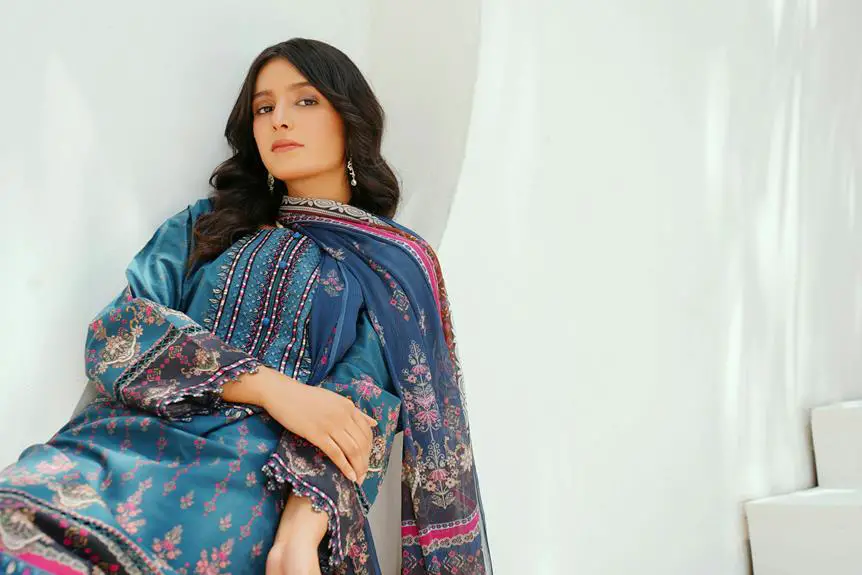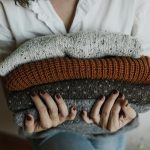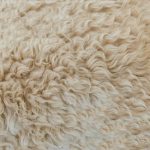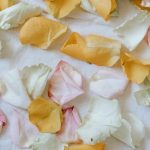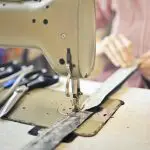When you choose voile for your embroidery projects, you're working with a fabric that combines elegance and delicacy, perfect for enhancing intricate designs. To achieve the finest results, you'll want to select lightweight threads and suitable stabilizers that won't compromise the softness of the fabric. Additionally, using the right needle and mastering simple stitching techniques can prevent distortion. But there's more to consider for maintaining the quality of your work and ensuring longevity. What specific care practices will best protect your embroidered creations?
Table of Contents
Understanding Voile Fabric
What makes voile fabric a popular choice for embroidery is its lightweight and sheer qualities, allowing for delicate designs to shine through. This fabric is typically made from cotton or polyester, giving it a soft, smooth texture that feels lovely against the skin.
When you work with voile, you'll notice how easy it is to manipulate, making it ideal for intricate and detailed embroidery projects. One of the standout features of voile is its breathability, which makes it perfect for summer garments or lightweight curtains.
You'll appreciate how it drapes beautifully, enhancing the overall look of your embroidered pieces. Additionally, voile's translucence allows you to layer it over other fabrics, creating a stunning visual effect.
When preparing to embroider on voile, ensure you wash and press the fabric beforehand to prevent any shrinkage or distortion. It's also a good idea to use a stabilizer to maintain the fabric's integrity during stitching.
Choosing the Right Thread
How do you select the right thread for your voile embroidery projects? First, consider the fabric's delicate nature. You'll want to choose a thread that complements voile without overpowering it. Opt for lightweight threads, such as 30- or 40-weight cotton or polyester. These will provide the right balance of strength and finesse.
Next, think about the finish. A matte thread can give a subtle, elegant look, while a shiny thread, like rayon, can enhance colors and add dimension. If you're working with intricate designs, choose a thread that won't fray or break easily, as this can compromise your work.
Color is another important factor. You'll want to select a thread that harmonizes with your voile fabric. Consider using a slightly contrasting color to make your designs pop, or stick to shades that are similar for a more understated effect.
Lastly, always test your thread on a scrap piece of voile. This way, you can ensure that the thread behaves as expected and achieves the desired outcome. With these tips in mind, you're well on your way to creating stunning voile embroidery pieces!
Selecting Appropriate Stabilizers
Choosing the right stabilizer is crucial for ensuring your voile embroidery maintains its shape and integrity during stitching. Voile is lightweight and delicate, so you need a stabilizer that supports without adding bulk. Generally, you have two main types to consider: tear-away and cut-away stabilizers.
Tear-away stabilizers are great for projects where you can easily remove the backing after stitching. They provide support during the embroidery process but can be torn away without leaving much residue. This option suits projects where the fabric won't be heavily washed or stressed.
On the other hand, cut-away stabilizers offer more stability for intricate designs or items that will undergo frequent washing. They stay with the fabric, providing ongoing support and preventing distortion over time. When selecting a cut-away, opt for a lightweight version to maintain the softness of your voile.
For sheer voile, consider using a wash-away stabilizer. It can be rinsed out after the embroidery, leaving no trace behind.
Ultimately, the choice of stabilizer depends on your specific project needs, so always test your options on a scrap piece to see what works best.
Stitching Techniques for Voile
When stitching on voile, it's essential to use a lightweight needle and a fine thread to prevent damage to the delicate fabric. A size 60/8 or 70/10 needle works best, as it minimizes the risk of snags and holes. Choose a thread that complements your project, such as a fine cotton or polyester, which will blend seamlessly without adding bulk.
For your stitching technique, consider using a straight stitch or a small zigzag stitch to maintain the fabric's flow. Avoid heavy decorative stitches, as they can distort the voile. If you're using an embroidery machine, set it to a lower speed to maintain control and precision.
When starting, secure your thread with a few tight stitches or a small knot on the wrong side. This way, you won't have to worry about unraveling as you work. Don't forget to keep your tension loose; tight threads can pucker the fabric.
Additionally, you might want to use a hoop to keep the voile taut while stitching. This will help prevent shifting and ensure even stitches. Always test your techniques on a scrap piece of voile first to perfect your approach before diving into your main project.
Caring for Embroidered Voile
Caring for embroidered voile requires gentle handling to preserve both the fabric and the intricate designs. You'll want to treat your pieces with care to ensure their beauty lasts for years. Start by washing your embroidered voile in cold water using a mild detergent. Avoid harsh chemicals and bleach, as they can damage both the fabric and the embroidery.
When drying, skip the dryer; instead, lay your voile flat on a clean, dry towel. This helps to prevent stretching or warping. If you need to iron, use the lowest heat setting and place a thin cloth between the iron and the fabric to protect the embroidery.
Here's a quick reference table to help with your care routine:
| Care Task | Recommended Action |
|---|---|
| Washing | Cold water, mild detergent |
| Drying | Lay flat on a towel |
| Ironing | Low heat, use a cloth barrier |
| Storage | Fold neatly, avoid heavy items |
Frequently Asked Questions
Can I Use Voile for Quilting Projects?
Yes, you can use voile for quilting projects, but keep in mind it's lightweight and sheer. Make sure to pair it with sturdier fabrics to ensure your quilt holds up well over time.
Is Voile Suitable for Machine Embroidery?
Yes, voile's lightweight nature makes it suitable for machine embroidery. You'll appreciate its smooth surface, which allows your needle to glide easily. Just ensure proper stabilizers are used to prevent puckering during your embroidery projects.
What Needle Size Is Best for Embroidery on Voile?
When embroidering on voile, you'll want to use a needle size between 75/11 and 80/12. This range helps prevent fabric damage while ensuring your stitches stay sharp and precise for beautiful results.
How Do I Prevent Fraying Edges on Voile?
To prevent fraying edges on voile, you can use a zigzag stitch or a serger. Additionally, applying fabric glue or fray check along the edges will help secure them and maintain your fabric's integrity.
Can I Dye Voile Fabric Before Embroidering?
Yes, you can dye voile fabric before embroidering. Just make sure to use a dye suitable for the fabric type, and test a small piece first to ensure the color holds well and doesn't affect your embroidery.
- A Look at Famous Ikat Patterns: Santa Barbara, Bokhara, and More - June 28, 2025
- From Couch to Curtains: The Versatility of Upholstery Weight Ikat - June 28, 2025
- What Is Warp Ikat? an In-Depth Explanation - June 28, 2025

